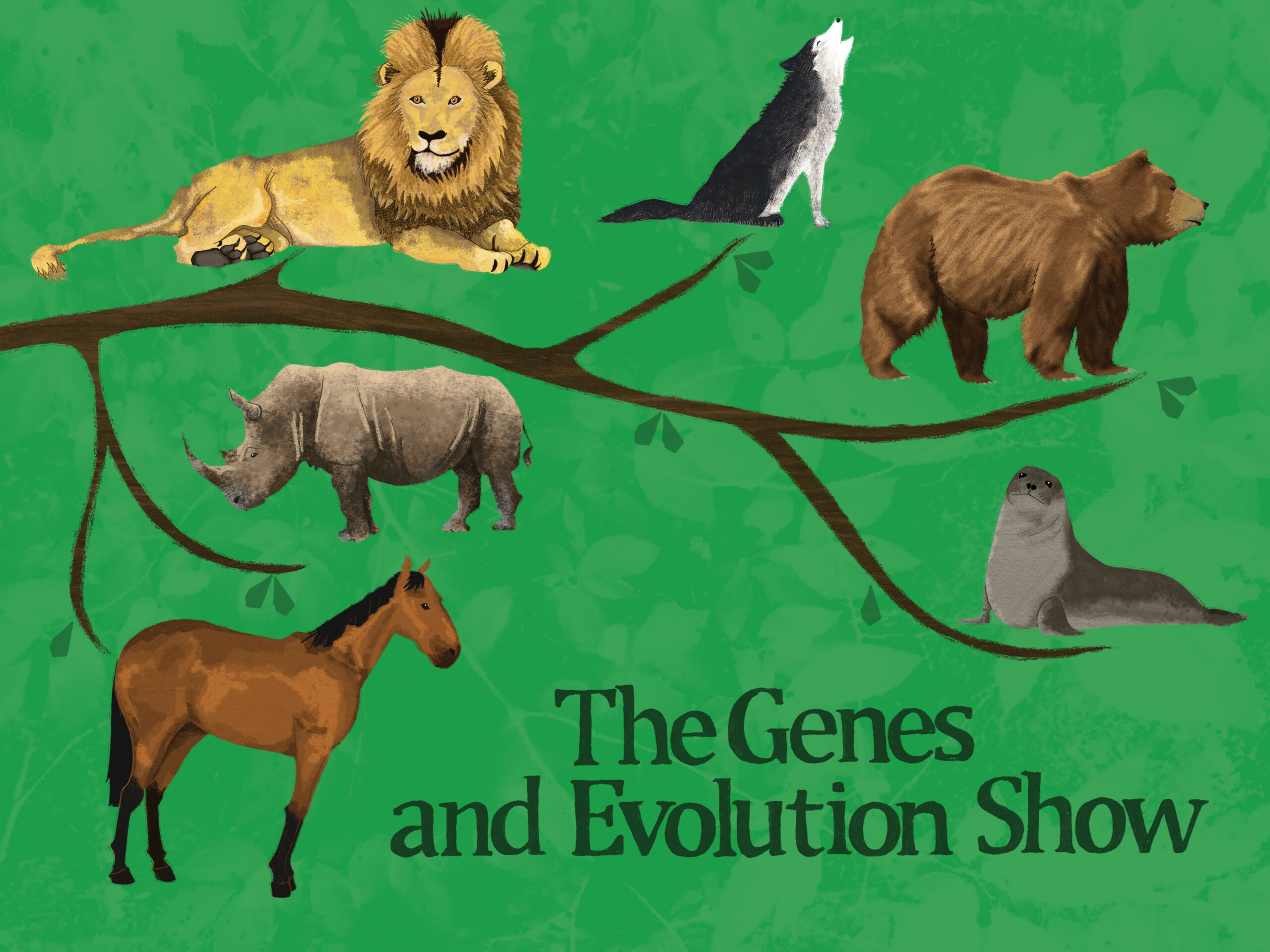
It’s time to get excited about evolution and giddy about genes! Find out how long your DNA is, pair up chromosomes in our sock match challenge, and find out about all the amazing jobs your genes do. Discover how different animals are adapted to their environments, search for hidden creatures in our camouflage test, and find out what scientists are doing to understand more about genes.
Recommended for:
- Ages – 7 to 14 Year Old’s
- Key Stage – KS2, KS3
- School Group – Year 3 to Year 9
Key Learning Points:
- Cells, DNA, chromosomes and genes
- What exactly do genes do?
- Charles Darwin and the theory of evolution
- How are different animals adapted to their environments?
- Health Research – what are scientists doing to understand more about genes?
Delivery
Available to book in our Neuron Pod and via Outreach
Neuron Pod
- Duration – 60 minutes
- Maximum group size – 50 people (Inc. adults)
Outreach
- Duration – 60 minutes
- Maximum group size – 70 people
Accessibility Guidance:
This show contains the following materials and stimuli.
- Costumes are used for some demos (e.g. headbands, backpacks, jackets, eye mask, cloak)
Information for Schools:
Key stage 2 Science curriculum links
Year 6: Evolution and Inheritance
- recognise that living things produce offspring of the same kind, but normally offspring vary and are not identical to their parents
- identify how animals and plants are adapted to suit their environment in
different ways and that adaptation may lead to evolution
Key stage 3 Science curriculum links
Genetics and evolution
Inheritance, chromosomes, DNA and genes
- heredity as the process by which genetic information is transmitted from one generation to the next
- a simple model of chromosomes, genes and DNA in heredity
- differences between species
- the variation between species and between individuals of the same species meaning some organisms compete more successfully, which can drive natural selection
- changes in the environment which may leave individuals within a species, and some entire species, less well adapted to compete successfully and reproduce, which in turn may lead to extinction
Developed in partnership with:

